This is one of the highlight activities of Can Tho City to celebrate the 50th anniversary of the Liberation of the South and National Reunification (April 30, 1975 - April 30, 2025) and summarize 50 years of Vietnamese literature and arts after the country's reunification.
Pride of Can Tho Culture and Arts
The great victory of the Spring of 1975 brought about national reunification and peace to the homeland. With a spirit of excitement and joy, Can Tho artists continued to make efforts to contribute and give many valuable works to the world.
Delegates view photo exhibition.
At the exhibition, visitors can admire the zither of composer Dieu Huyen, a talented son of Nhon Nghia, Can Tho. Growing up during the resistance war, after 1975, composer Dieu Huyen composed many excellent cai luong scripts, which have now become classics. Among them, we must mention the plays “Tieng ho song Hau”, “Khach san hao hoa”, “Gio bui bien thuy”…
Viewers were also moved by the portrait of the late painter To Du and his sketches: “Anh len binh, em cịp khoan đất đồng”, “ Về trường lập sau rac tuc khac khi rac bap”… The son of the hometown of Thuong Thanh, Cai Rang is a veteran painter of Vietnamese fine arts, associated with the Can Tho Literature and Arts Association since its early days. The legacy the painter left for Can Tho is huge, including paintings depicting historical events in Can Tho such as the liberation of Can Tho, the August Revolution in Can Tho, the scene of the enemy executing two comrades Le Van Nhung and Ngo Huu Hanh, the scene of the establishment of the An Nam Communist Party’s Red Flag Party… With his talent, painter To Du is a storyteller through pictures, so that today’s generation can better understand their homeland and country.
Arriving early to see his works displayed at the City Museum, sculptor Truong Cong Thanh was moved by each artifact. These were sketches of the Ho Chi Minh Monument, sketches of the Chau Van Liem Monument…
After 1975, each district of Can Tho province had a mobile film projection team that both screened films for the people and did propaganda work. Some artifacts such as radios, cassettes, sound systems, etc. were used by the Can Tho Mobile Film Projection Team to disseminate information and screen films for the people in rural areas in the 1980s and 1990s, which brought back memories for many people. Or at the photo exhibition, the public was able to see photos of the "Cultural Boats" of Phung Hiep, O Mon, and Thot Not. This was a creative cultural model, famous throughout the country in the 1980s and 1990s of Can Tho. On the floating stage were boats, artists going deep into the rivers and canals, carrying songs, voices, propaganda messages, and serving the people.
From the art troupe during the anti-American resistance war, after the country's reunification, artists from Tay Do have continuously contributed and made efforts to serve the people, preserve and promote the art of reformed theater. These are the famous plays of the past such as "Nameless Flower", "Legend of a Love"... More than 20 years after the establishment of Can Tho City under the Central Government, Tay Do Reformed Theater Troupe continues the tradition of their predecessors, continuing the mission of "Reforming singing according to progress/ Transmitting plays to match civilization". The achievements of the plays "White Plum Blossom", "Mother of Our Children", "Canh Saip Nguoc Gio"... and most recently "Chat Ngoc Cam Thi Giang" show that. Many artifacts related to these plays are introduced at the exhibition.
Meritorious Artist Kieu My Dung, who has devoted her whole life to Cai Luong with her husband, artist and painter Tran Thien, carefully examined each image and object. Meritorious Artist Kieu My Dung was moved: “This exhibition brings me many emotions, especially the images and objects of Cai Luong from nearly 50 years ago. I was also moved when looking back at the images and objects related to the Tay Do Cai Luong Troupe - the “beloved home” of my husband and I.”
On this occasion, Meritorious Artist Kieu My and her husband, artist Tran Thien, presented artifacts about their career in Cai Luong theater to Can Tho City Museum.
Half a century - a journey
Mr. Nguyen Hoang Du, Vice President of the Union of Literature and Arts Associations of Can Tho City, after carefully and for a long time viewing the thematic display and photo exhibition, said: "So meaningful!". Mr. Du shared that the documents, images, and artifacts introduced are rich, comprehensively summarizing the half-century journey of Can Tho Literature and Arts - a journey full of proud imprints.
Continuing the tradition of Can Tho artists who grew up amidst the bombs and smoke of war, after 1975, Can Tho’s arts and literature developed strongly. Hau Giang province at that time welcomed many cadres and artists who had returned to their homeland after regrouping; along with artists from the North and Central regions who chose the good land of Tay Do to settle down and create; and especially artists who grew up during the two resistance wars.
On June 2, 1976, the Hau Giang Province Literature and Arts Association was established, the earliest organization of literature and arts established in the Mekong Delta provinces after the country's reunification. The Association was chaired by comrade Nguyen Trung Vinh, with poet Nguyen Ba and painter To Du as vice chairmen. The Hau Giang Province Literature and Arts Association was very active, attracting a large number of artists and writers, opening many creative camps taught by famous artists. The Hau Giang Literature and Arts Magazine was published monthly, and progressed to launching the Hau Giang Literature and Arts Newspaper weekly, widely distributed, gathering many famous artists from all over the country.
In 1992, after Hau Giang province was split into Can Tho and Soc Trang provinces, the Association changed its name to Can Tho Province Literature and Arts Association and consolidated its activities. In 1993, 5 specialized associations held congresses: Literature, Music, Fine Arts, Photography, Theater and developed the Architecture Association. The number of members increased to 157 (including 40 Central specialized members).
In early 2004, after Can Tho City was established under the Central Government, the Association changed its name to Can Tho City Literature and Arts Association and on May 2, 2007, it changed its name to Can Tho City Union of Literature and Arts Associations. Over the past 20 years, accompanying the development of the city, Can Tho artists have continuously strived to create, creating many valuable works of literature and arts. Can Tho City Union of Literature and Arts Associations has become a common home, gathering and developing members, supporting and improving the quality of creation as well as contributing to the promotion of literature and arts works.
Currently, the Union of Literature and Arts Associations of Can Tho City has over 650 members in 9 affiliated specialized associations: Writers Association, Theater Association, Dance Artists Association, Music Association, Art Photography Association, Fine Arts Association, Folk Arts Association, Architects Association, and Cinema - Television Association.
***
The opening ceremony of the exhibition ended with a performance of traditional music by Can Tho artists. There were Meritorious Artists Thanh Tung and Ai Hang, young musicians and audiences wearing bright red scarves. That beautiful image showed the continuation of the journey of Can Tho culture and art…
Can Tho Press Artifacts
Can Tho Newspaper Spring Binh Thin 1976.
The thematic exhibition introduces two valuable artifacts of Can Tho journalism. That is the Can Tho Spring Newspaper of Binh Thin 1976 - the first Can Tho spring newspaper after the country's peace, with the collaboration of many journalists from the Southwest region and Can Tho province. The cover was illustrated by artist Diep Minh Chau with the image of two women, one with a scarf over her shoulder, the other with a turban on her head, representing women from the North and South, hugging each other warmly, on a background of apricot and peach blossoms, symbolizing the country's unification, "North and South reunited in one house". The content of the newspaper is very rich and attractive.
The remaining artifact is the Certificate of Journalist Nguyen Van Thuong, Secretary of Hau Giang Journalists Association (1979-1992) who completed the training course of the International Journalism School in Budapest, Hungary, from March 9, 1988 to April 22, 1988.
Article and photos: DANG HUYNH
Source: https://baocantho.com.vn/50-nam-van-hoc-nghe-thuat-can-tho-a185133.html


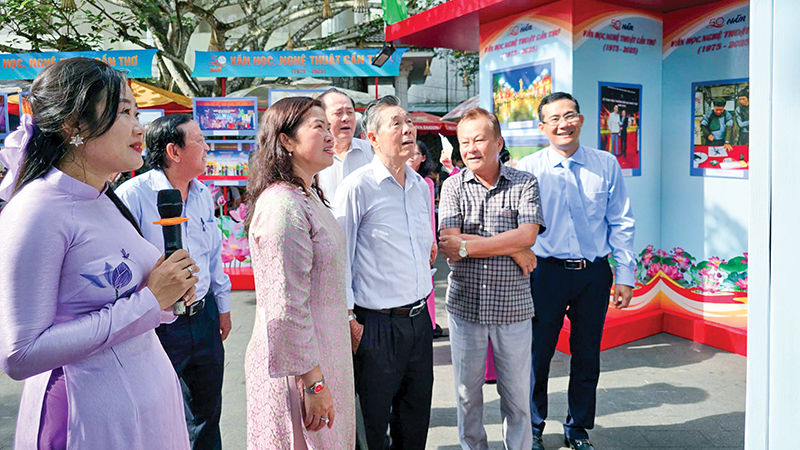
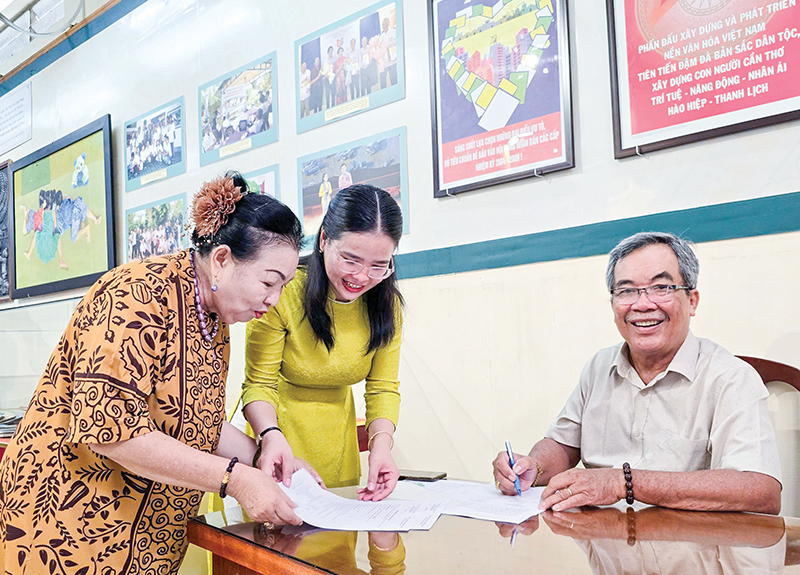
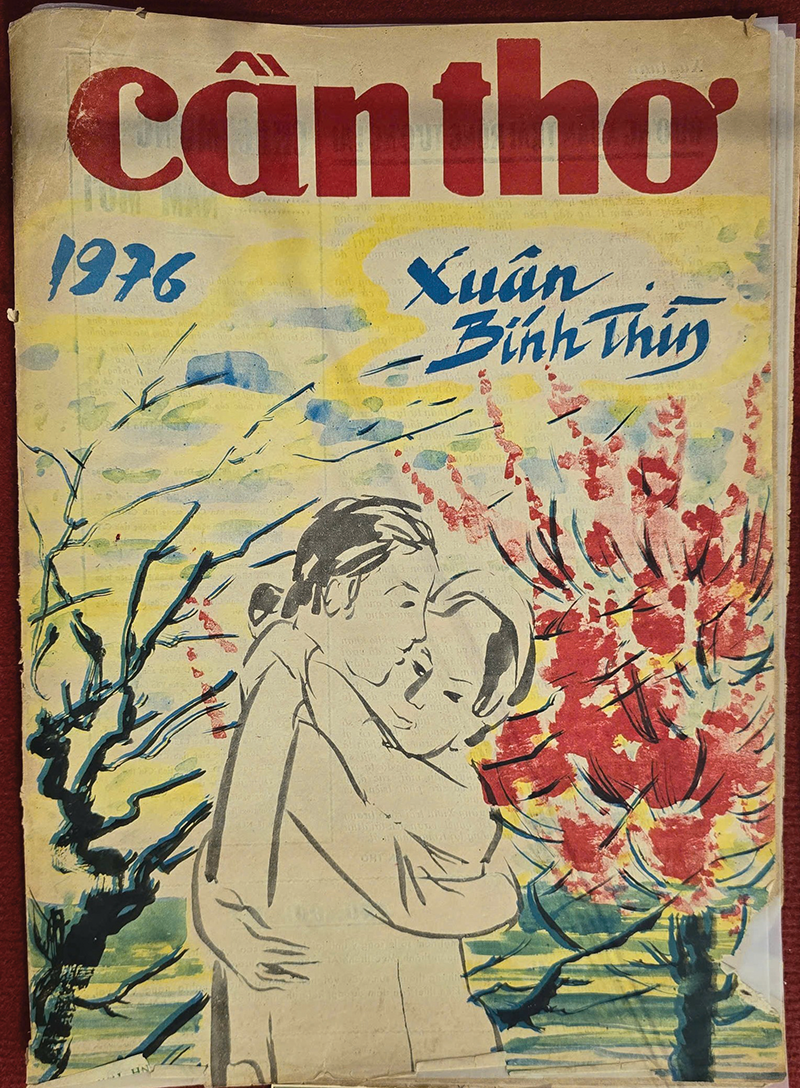




![[Photo] Visiting Cu Chi Tunnels - a heroic underground feat](https://vstatic.vietnam.vn/vietnam/resource/IMAGE/2025/4/8/06cb489403514b878768dd7262daba0b)

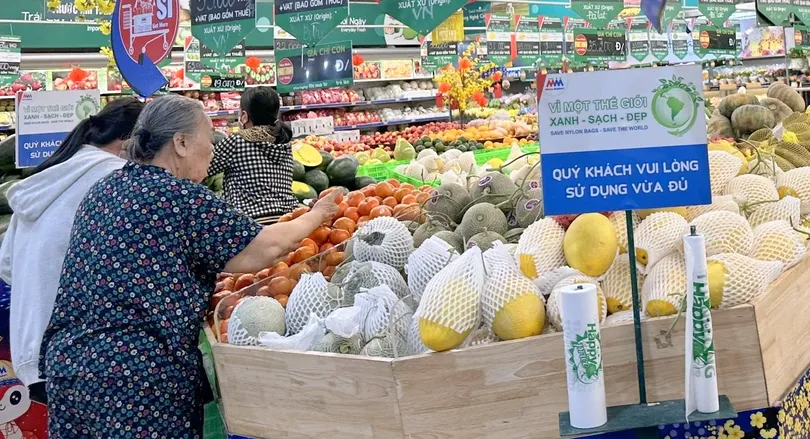
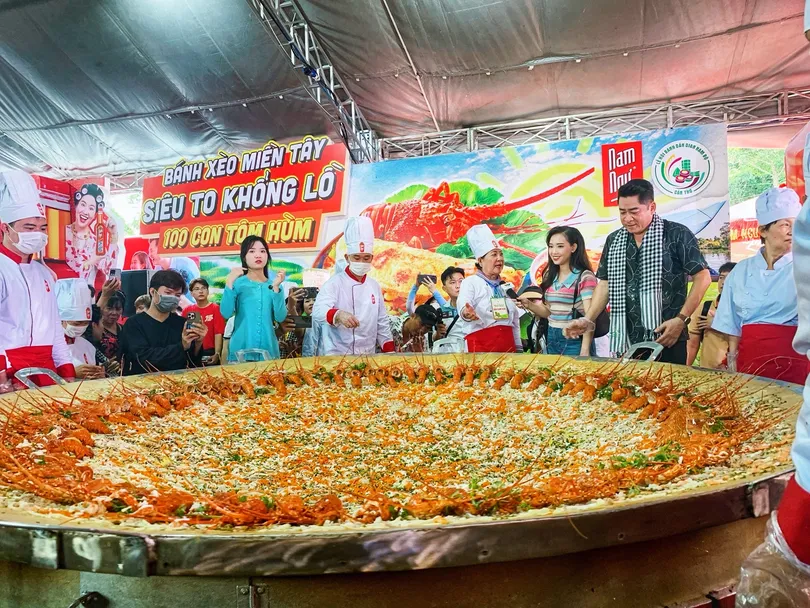
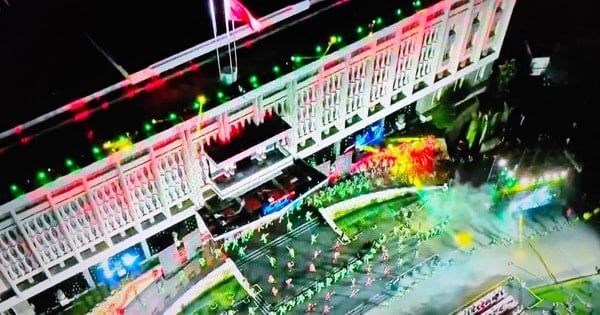


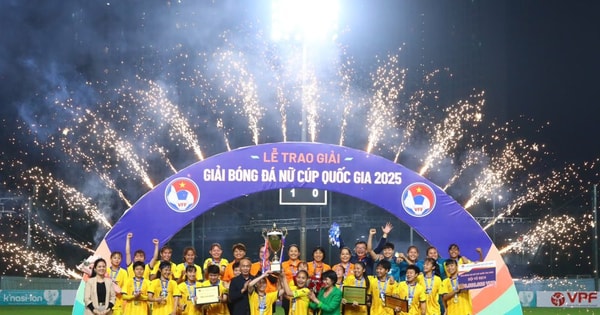

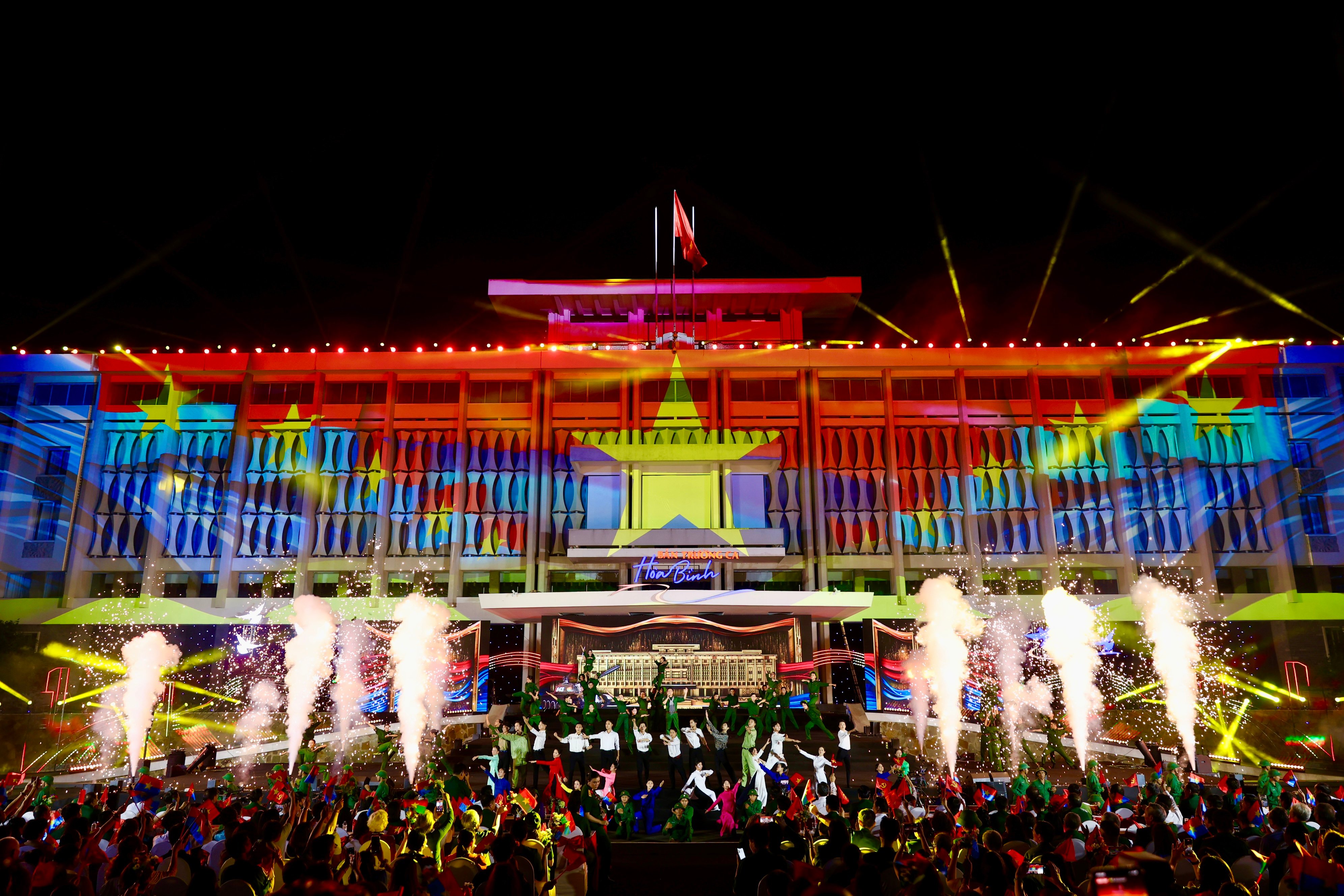
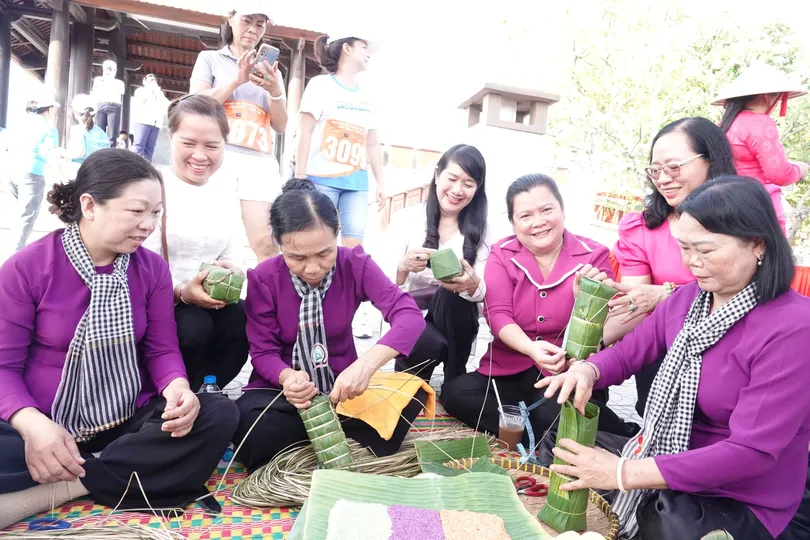
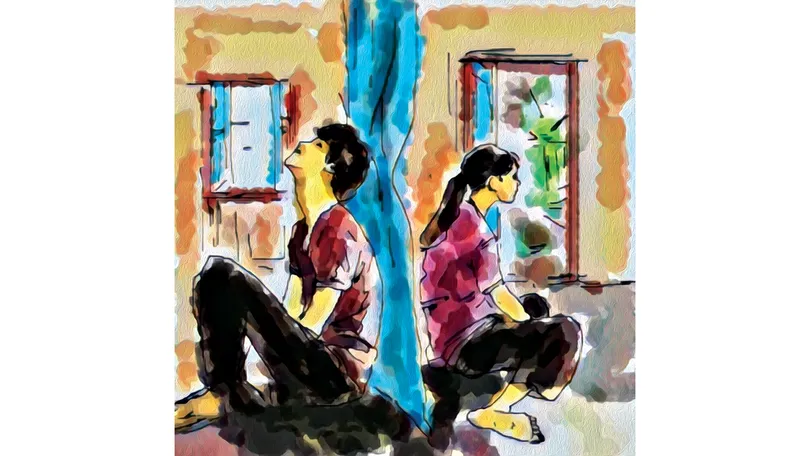



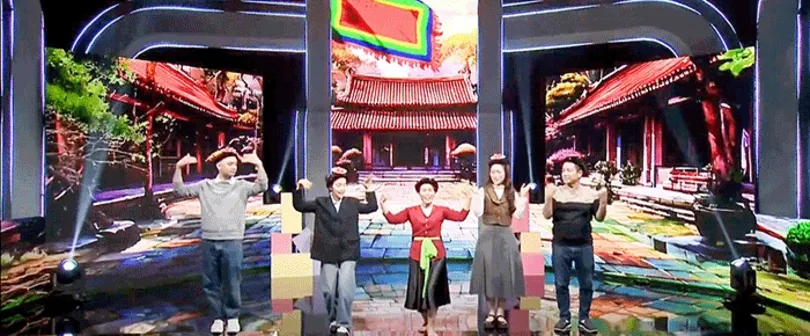
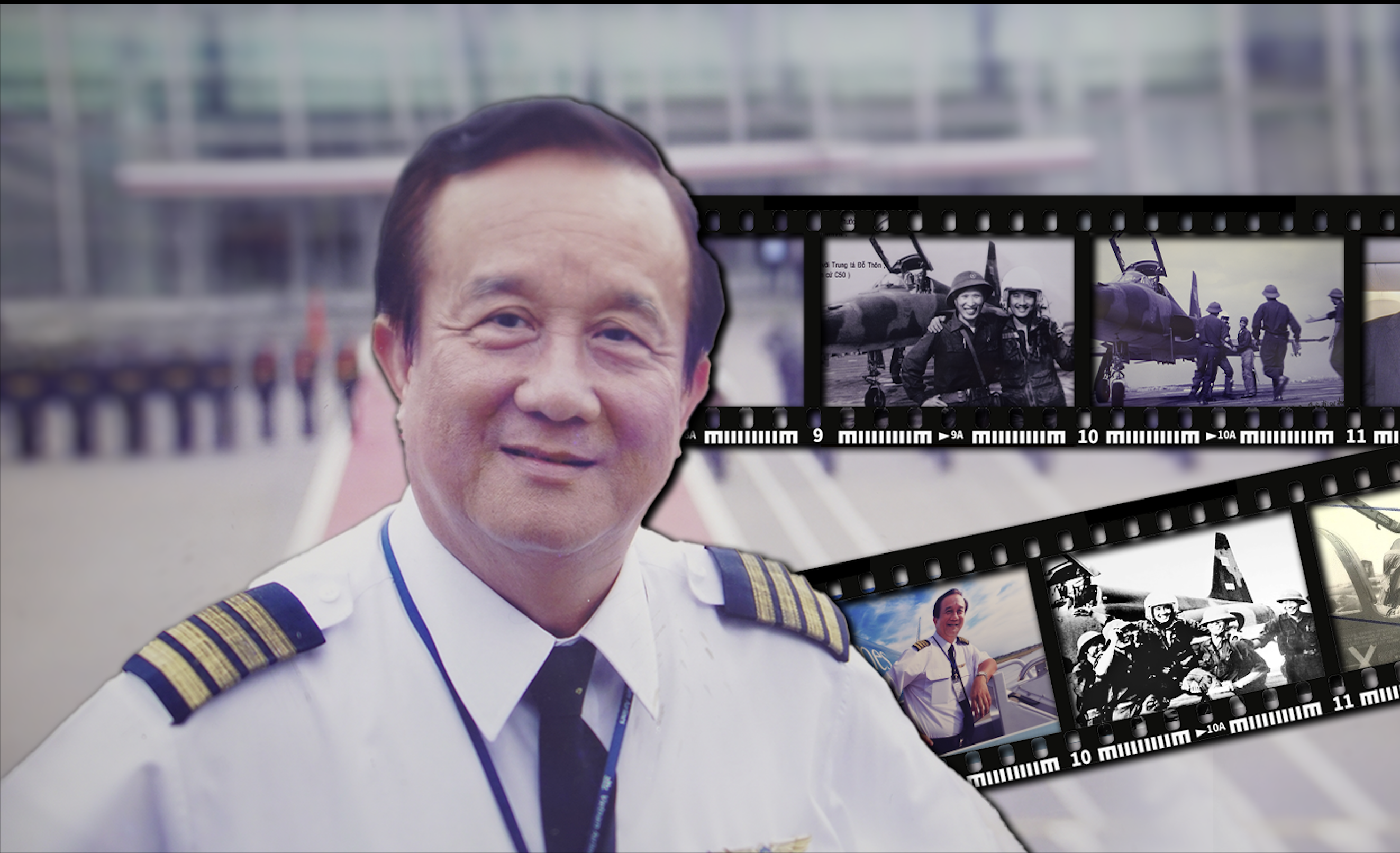
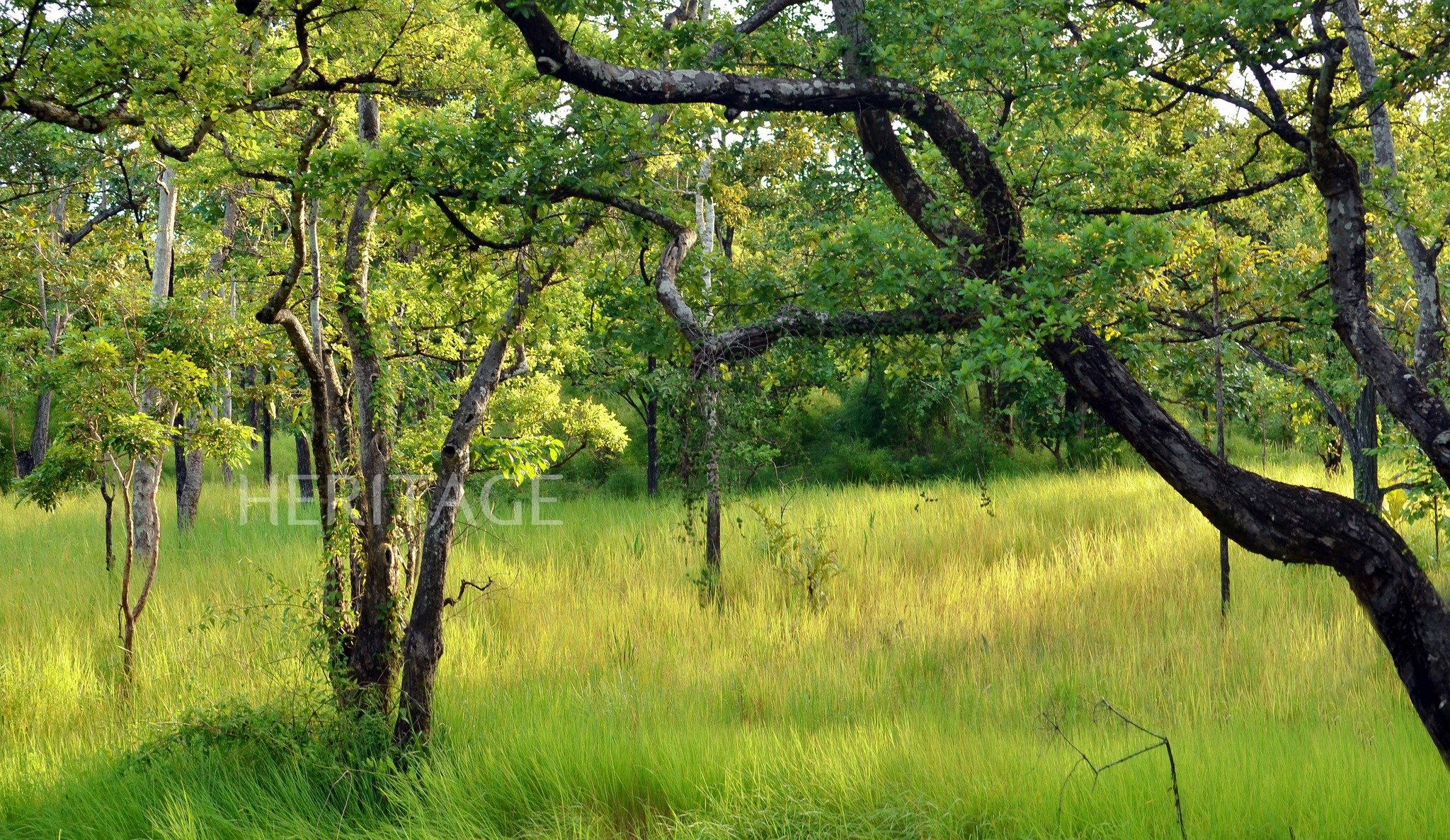
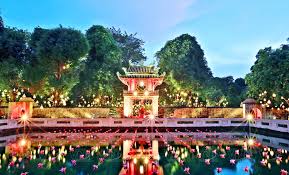

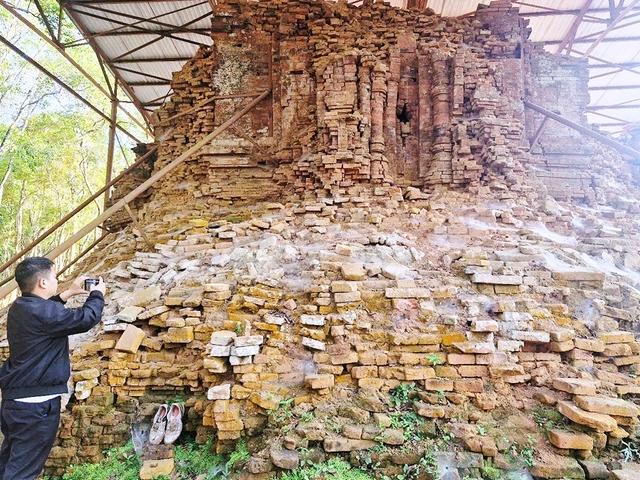



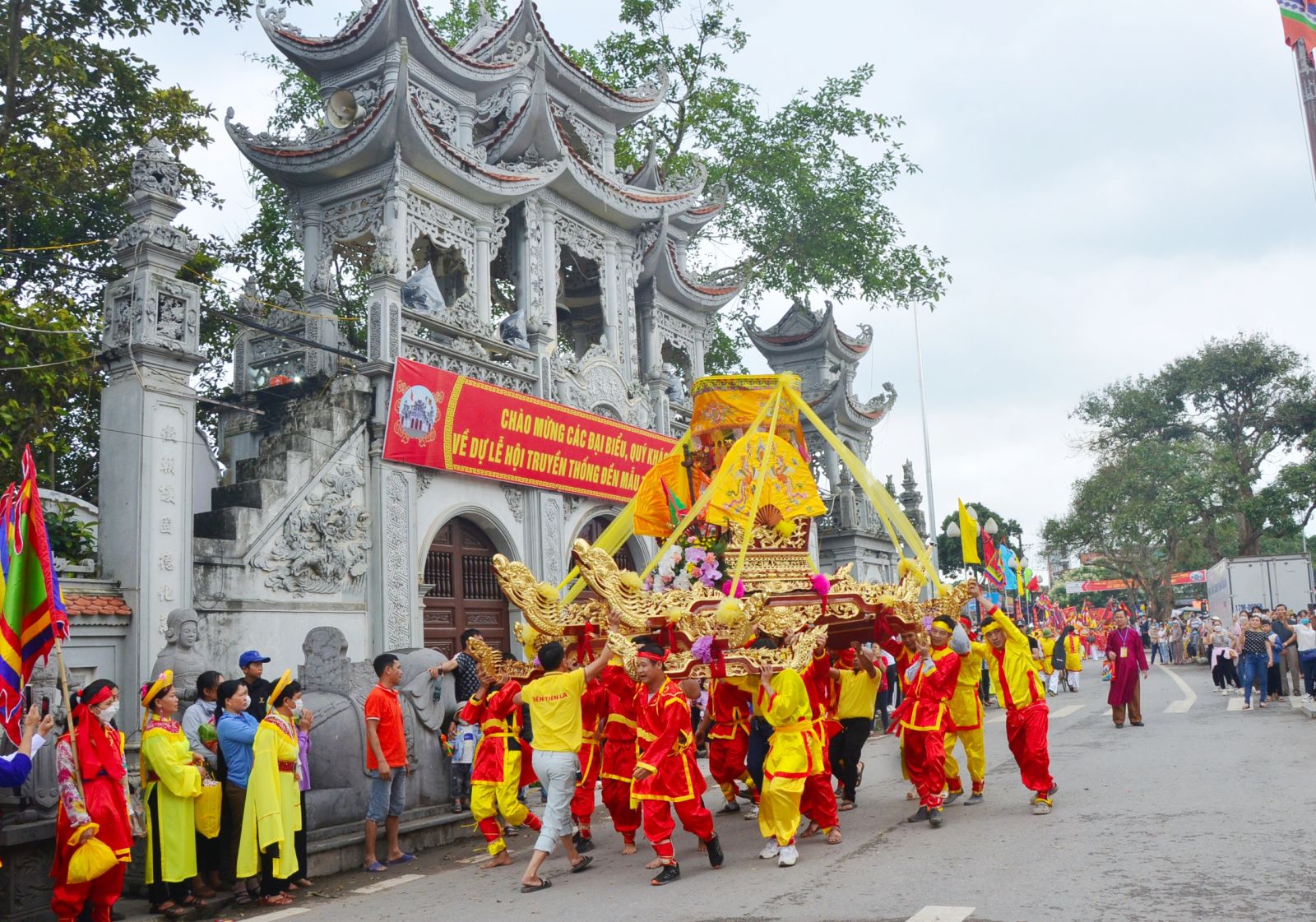

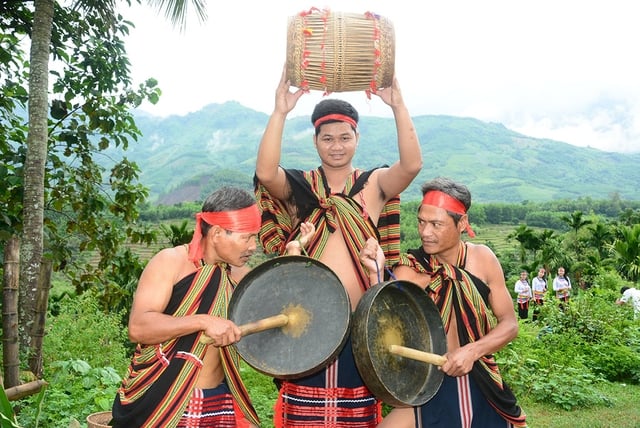





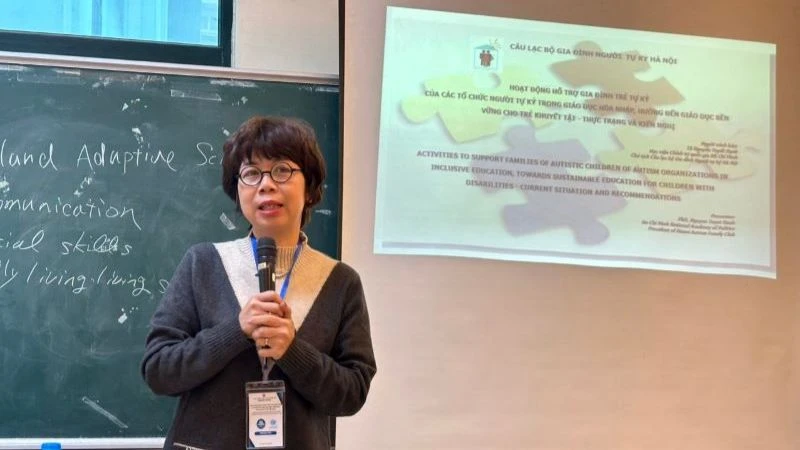



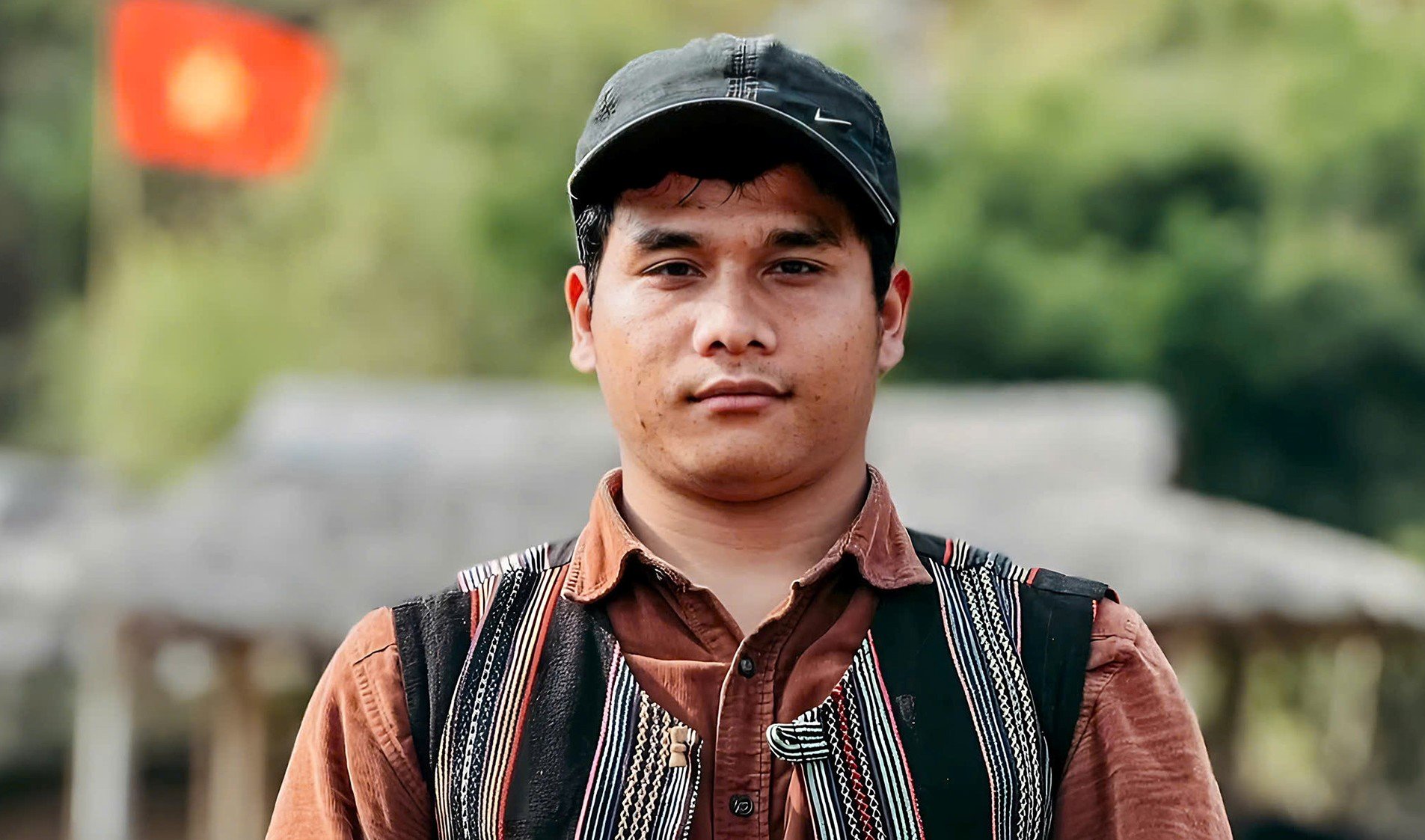

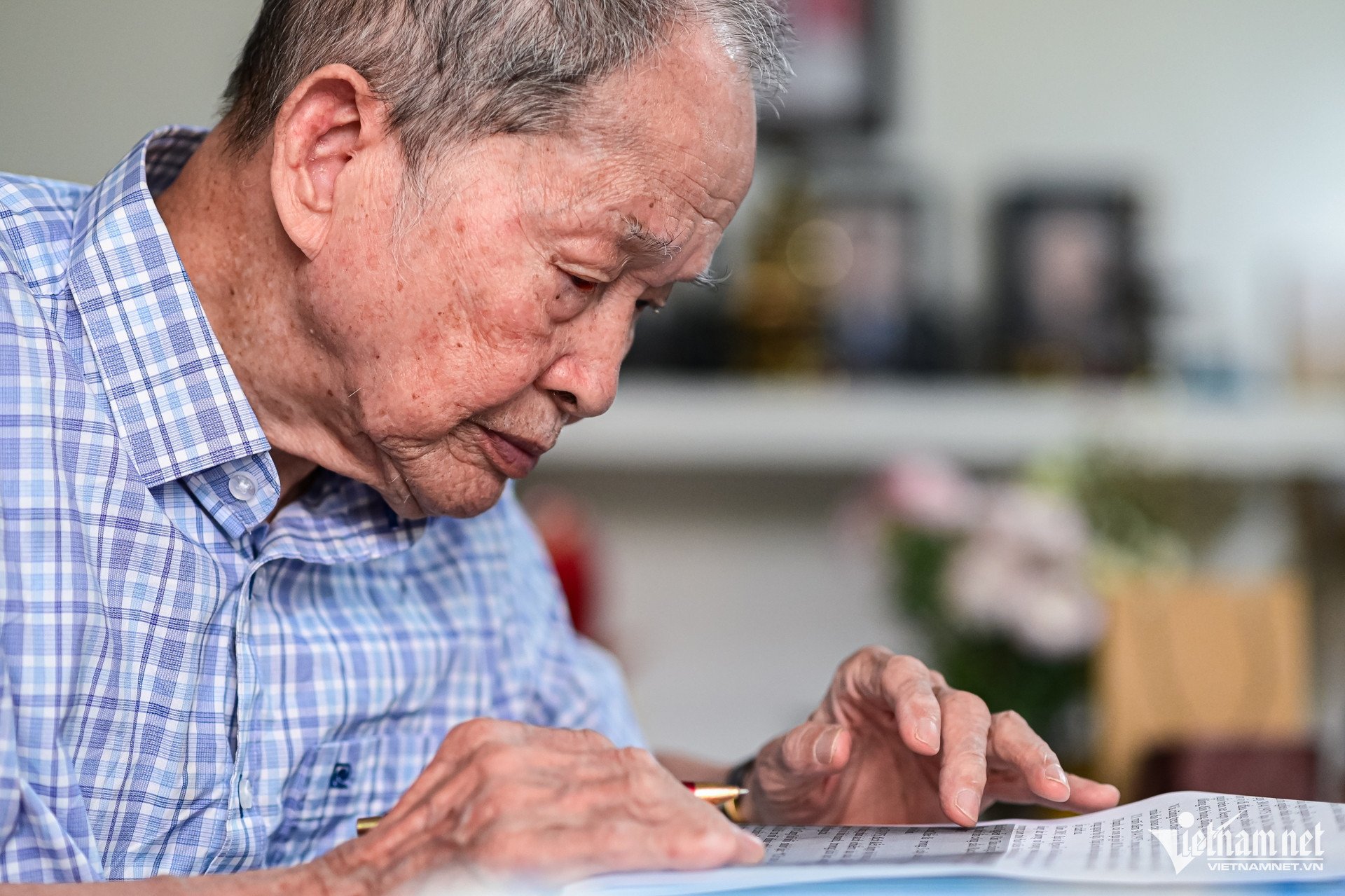
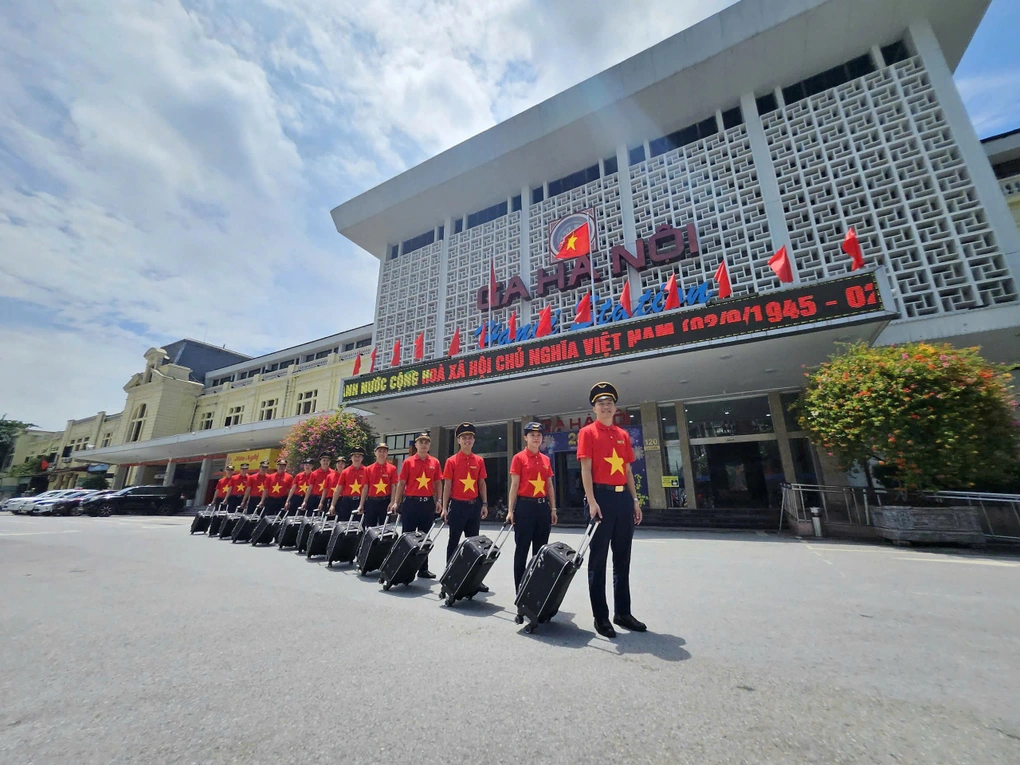





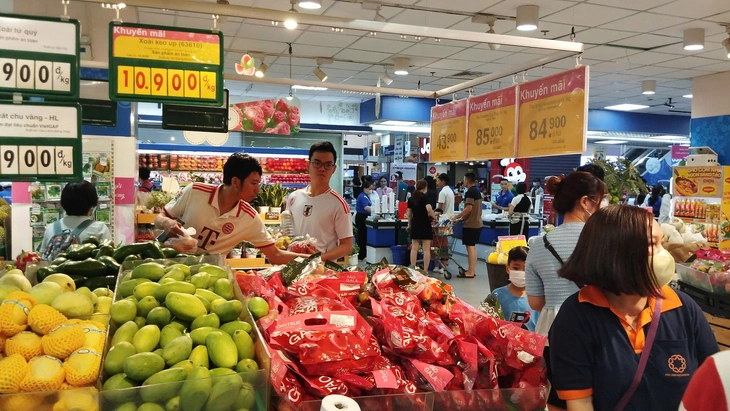



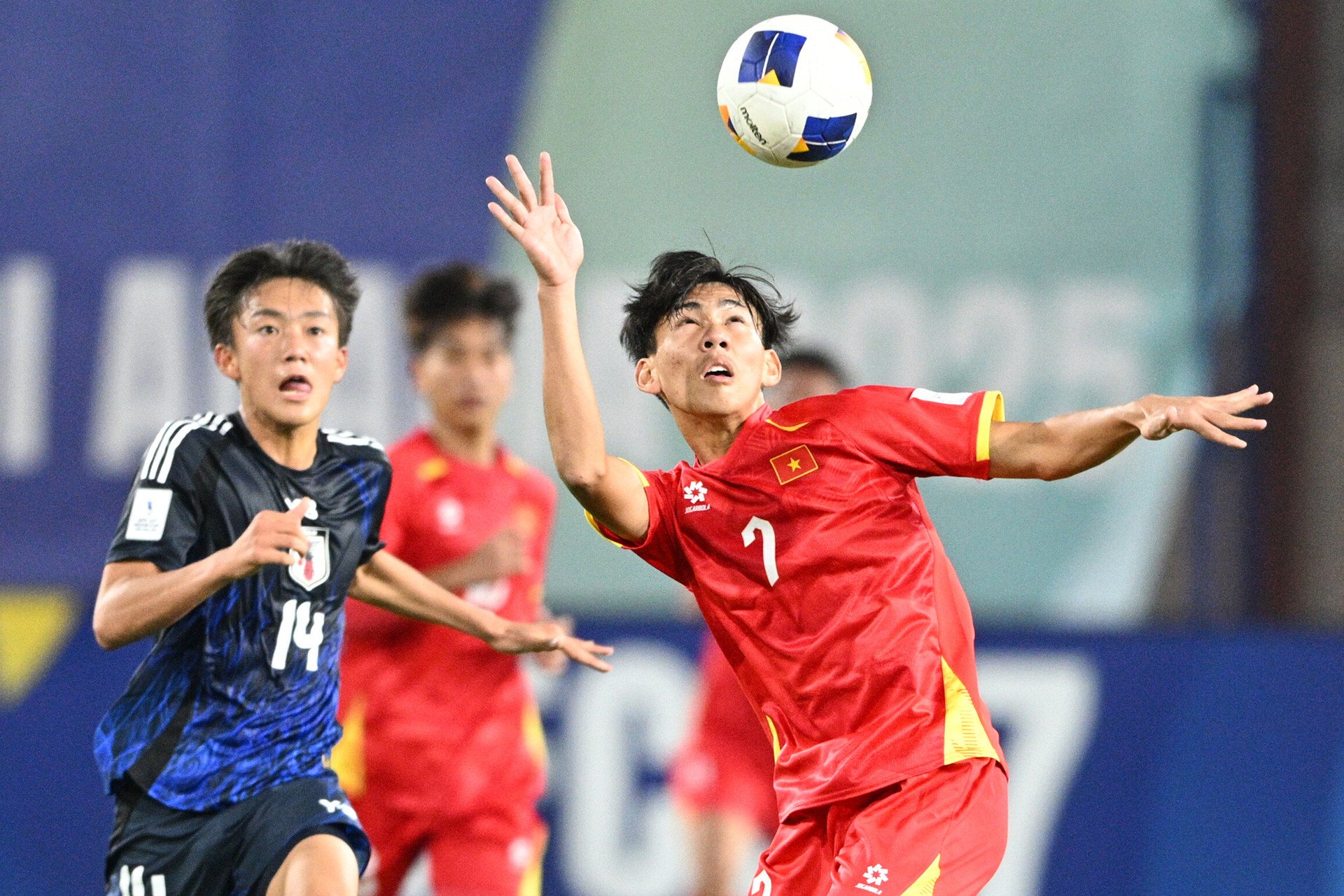
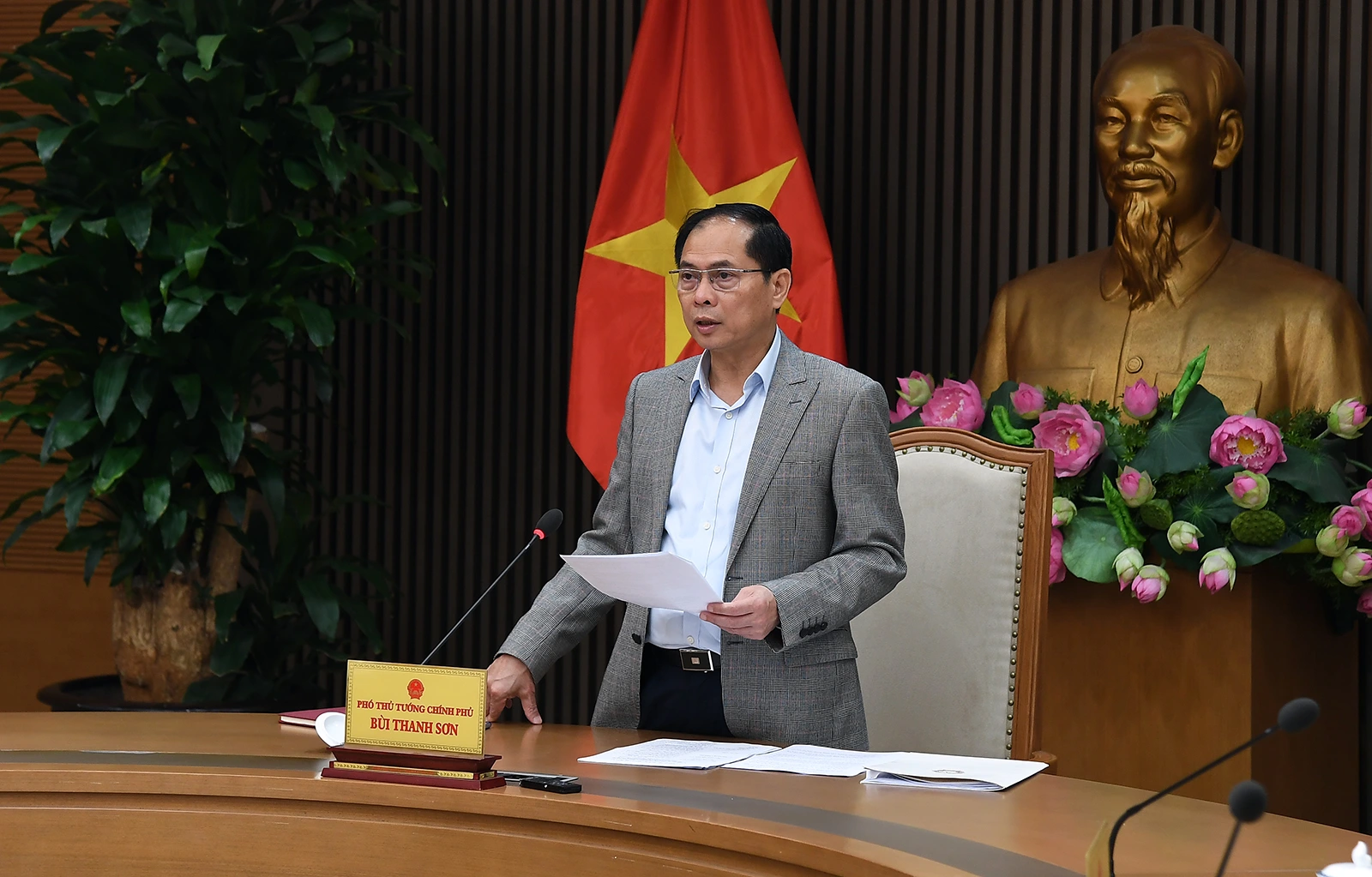









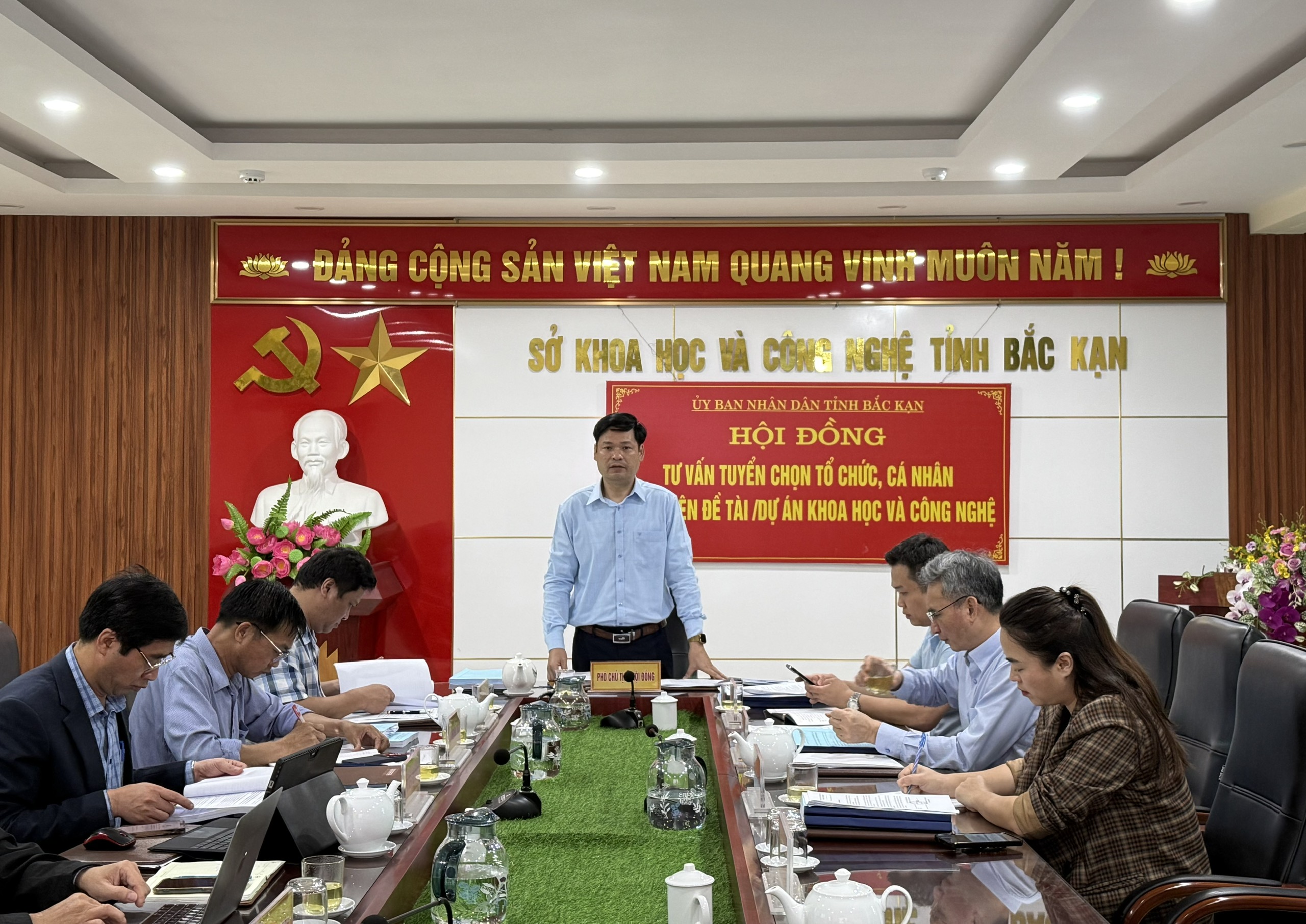
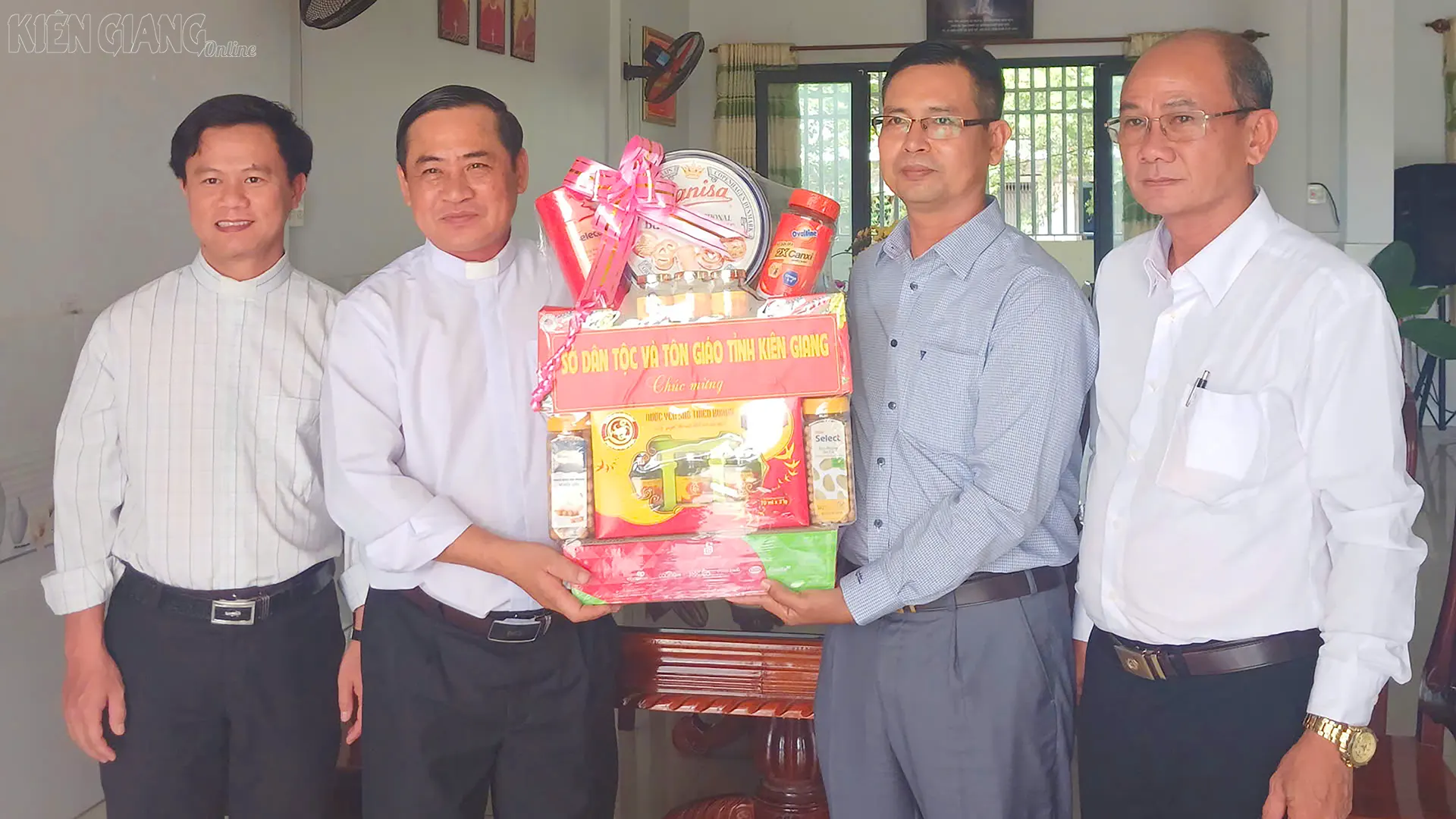
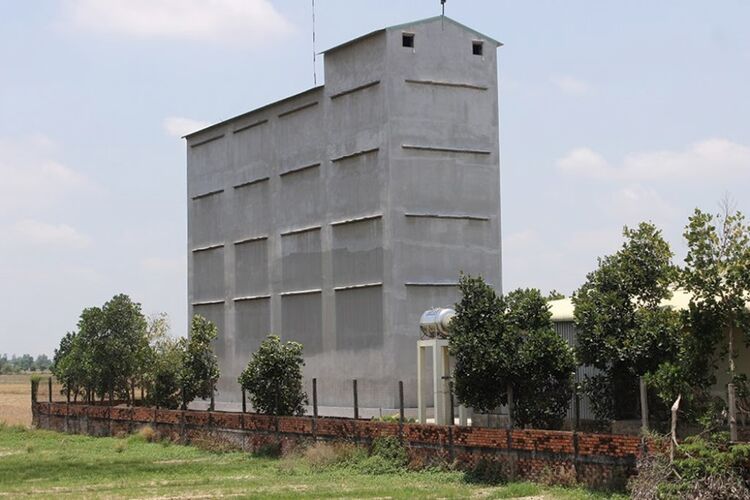
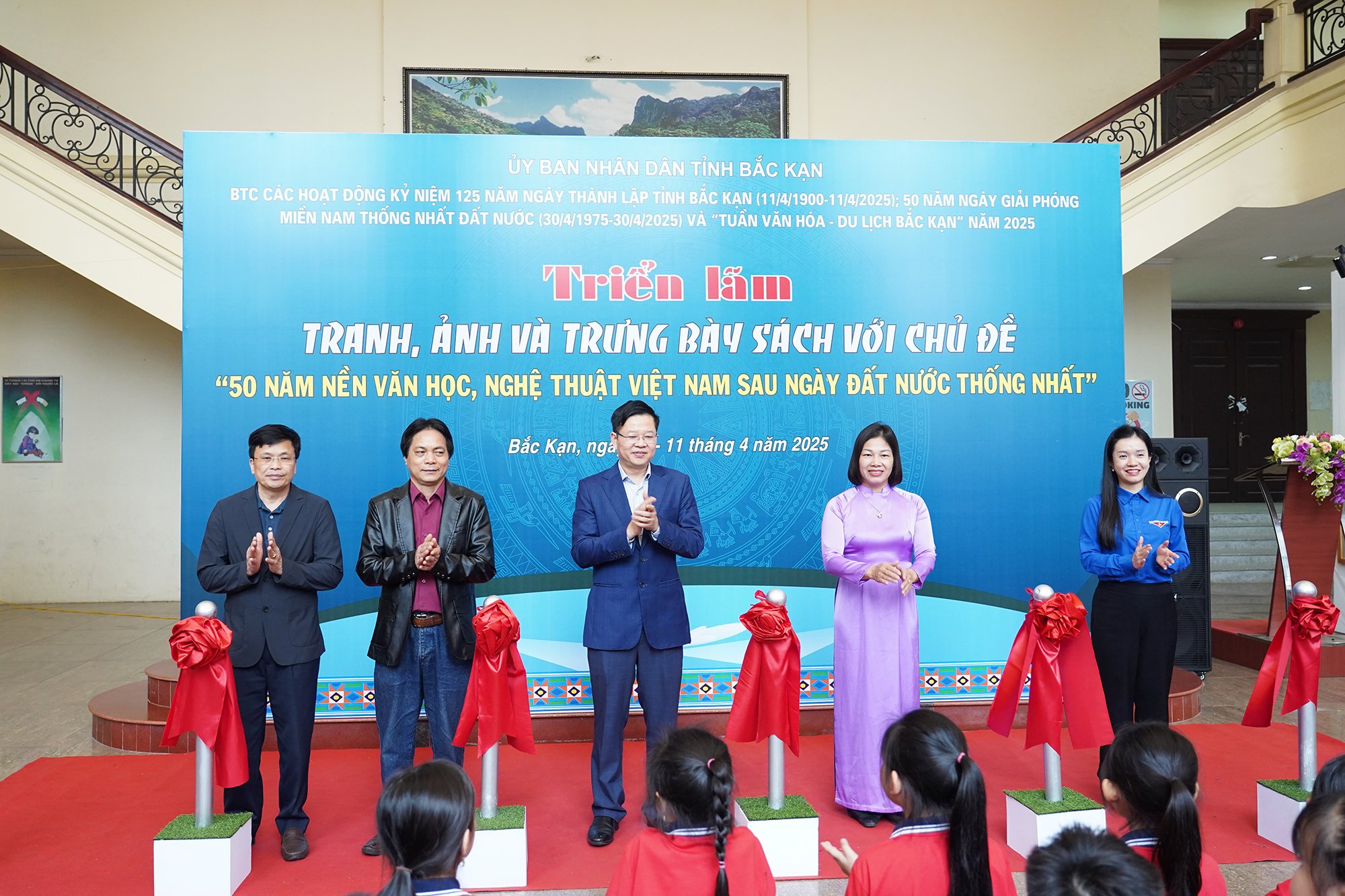
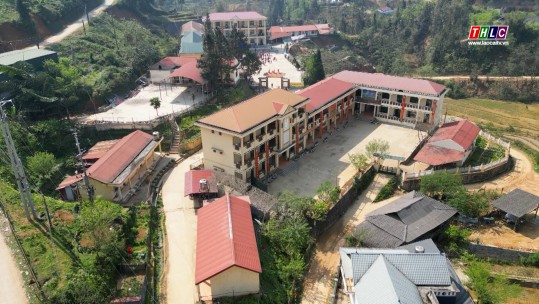





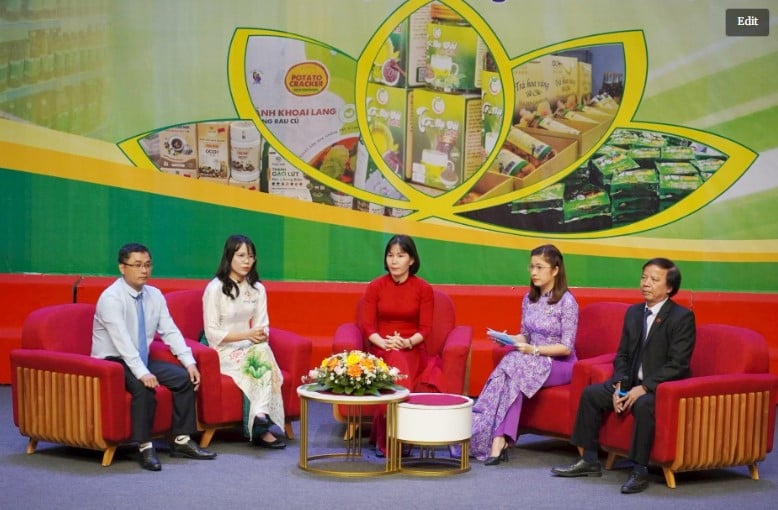

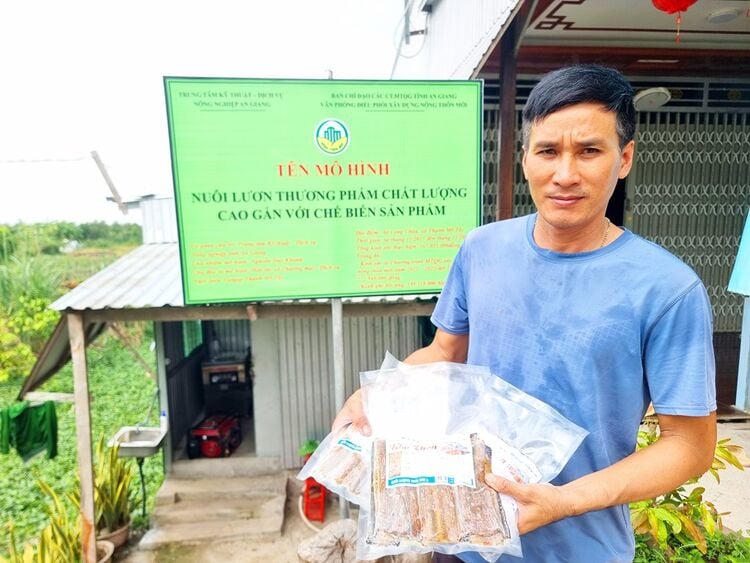
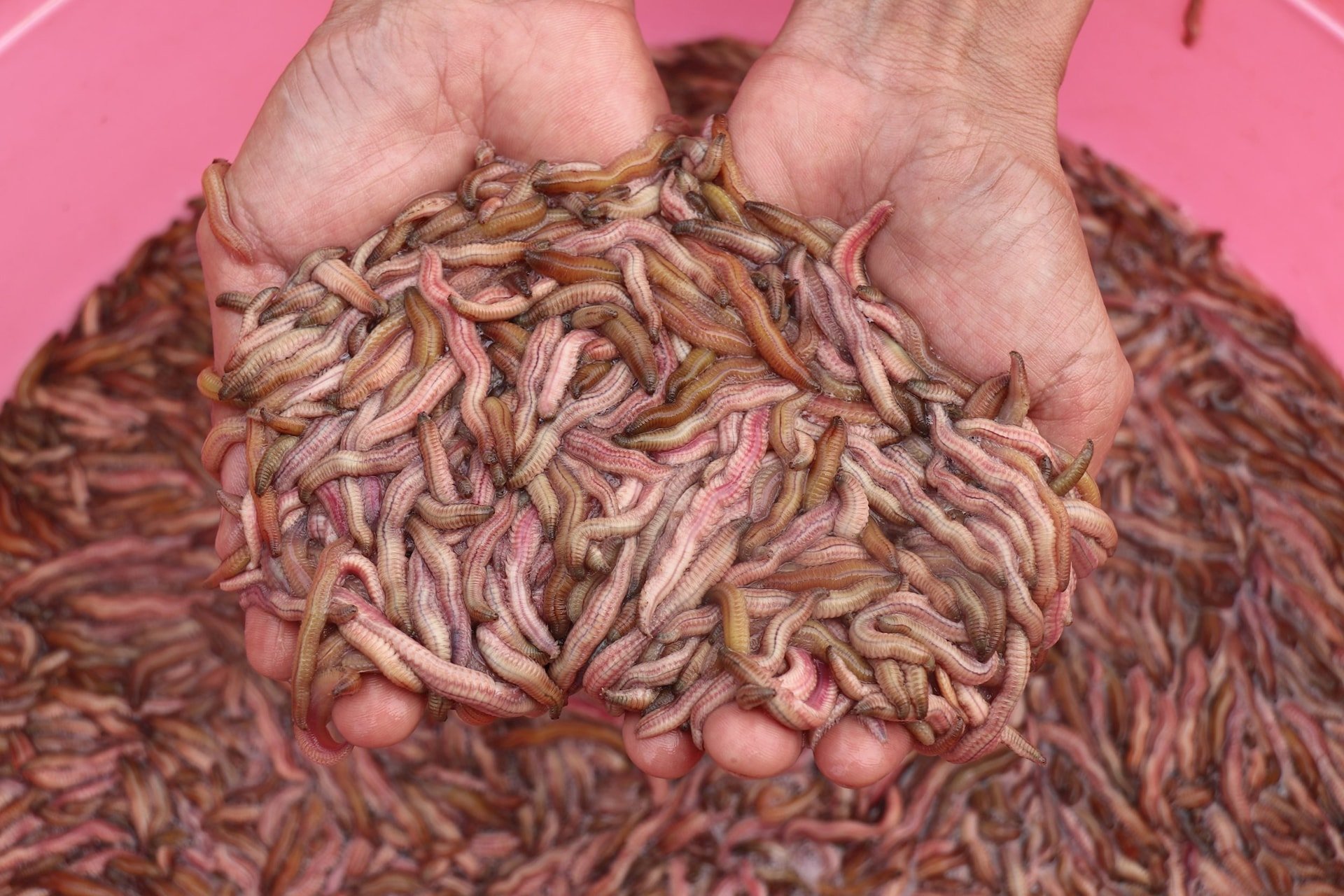
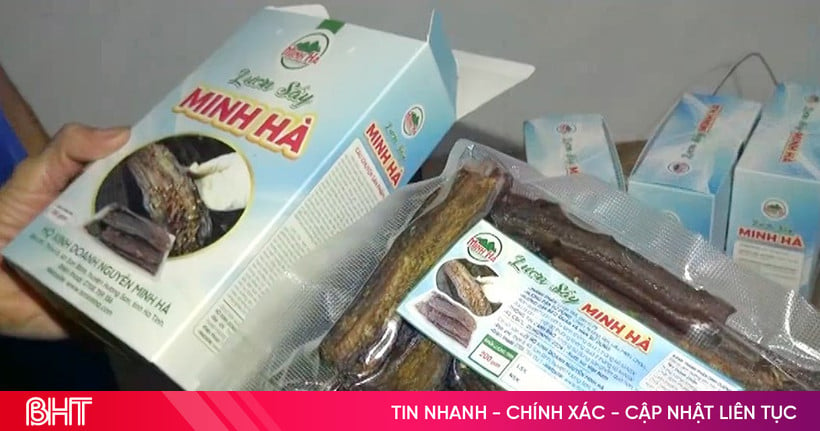

Comment (0)